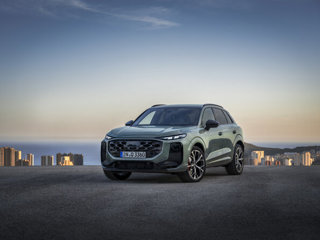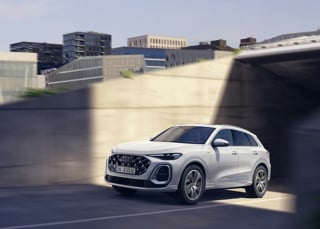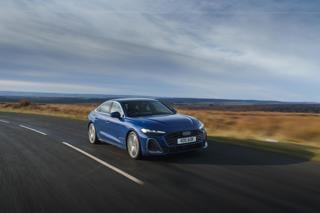The Audi A7 piloted concept has completed a 560 mile journey to the Consumer Electronics Show in Las Vegas, much of it on autopilot.
Starting in California’s Silicon Valley, the Audi A7 3.0 TFSI quattro piloted driving concept’s long-haul test drive was witnessed – mostly hands-free – by members of the media.
“The results of the test drive underscore our piloted driving competency”, said Prof. Dr. Ulrich Hackenberg, Audi Board Member for Technical Development. “I’d like to thank the team of Audi engineers, VW Group R&D and the Electronics Research Laboratory for making it such a great success.”
The test drive resulted in actionable data to help further development of Audi piloted driving. It involved the longest drive undertaken so far by Audi at full road speeds with members of the public behind the wheel, each of whom was able to experience piloted driving in 100 mile stints in various traffic situations on public highways.
In total, the drive was 560 miles long and, as required by State laws in California, was accompanied by an experienced Audi test driver who monitored proceedings from the passenger seat.
The concept vehicle utilises various production-ready sensors as well as sensors integrated into production vehicles today that accurately detect the vehicle’s surroundings.
Adaptive cruise control (ACC) and Audi side assist (ASA) long-range radar sensors as well as mid-range radar sensors at the front and the rear of the vehicle that are directed to the left and right provide a 360 degree view of its environment. Laser scanners are integrated into the front Singleframe grille and the rear bumper to provide additional detailed recognition of static or dynamic objects.
The validity of the sensor data is assured by a continuous plausibility check during piloted driving to ensure the correct decisions are being made by the vehicle and the driver. Four smaller cameras at the front and rear of the vehicle provide short-range information about the surrounding environment.
The high-resolution, wide-angle 3D video camera, which will first see production in the new Audi Q7, observes the traffic surrounding the vehicle. The sensor it utilises meets all the requirements necessary for inclusion into future products and is close to reaching production.
The concept relieves the driver of driving duties at speeds of up to 70 mph. The car can initiate lane changes and passing manoeuvres as well as accelerate and brake independently. Before initiating a lane change, the vehicle adapts its speed to surrounding vehicles. If the speed and distance calculation is deemed safe, the vehicle initiates the lane change with precision and in a timely manner.


















Login to comment
Comments
No comments have been made yet.